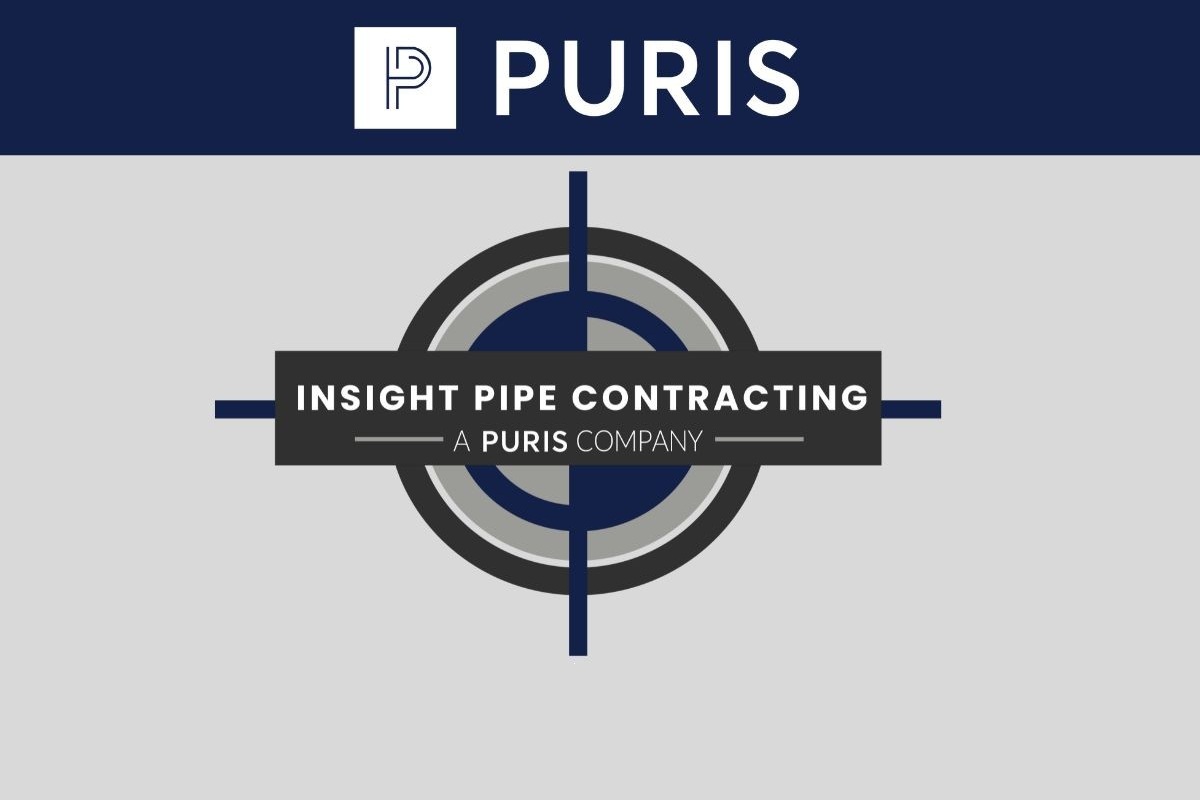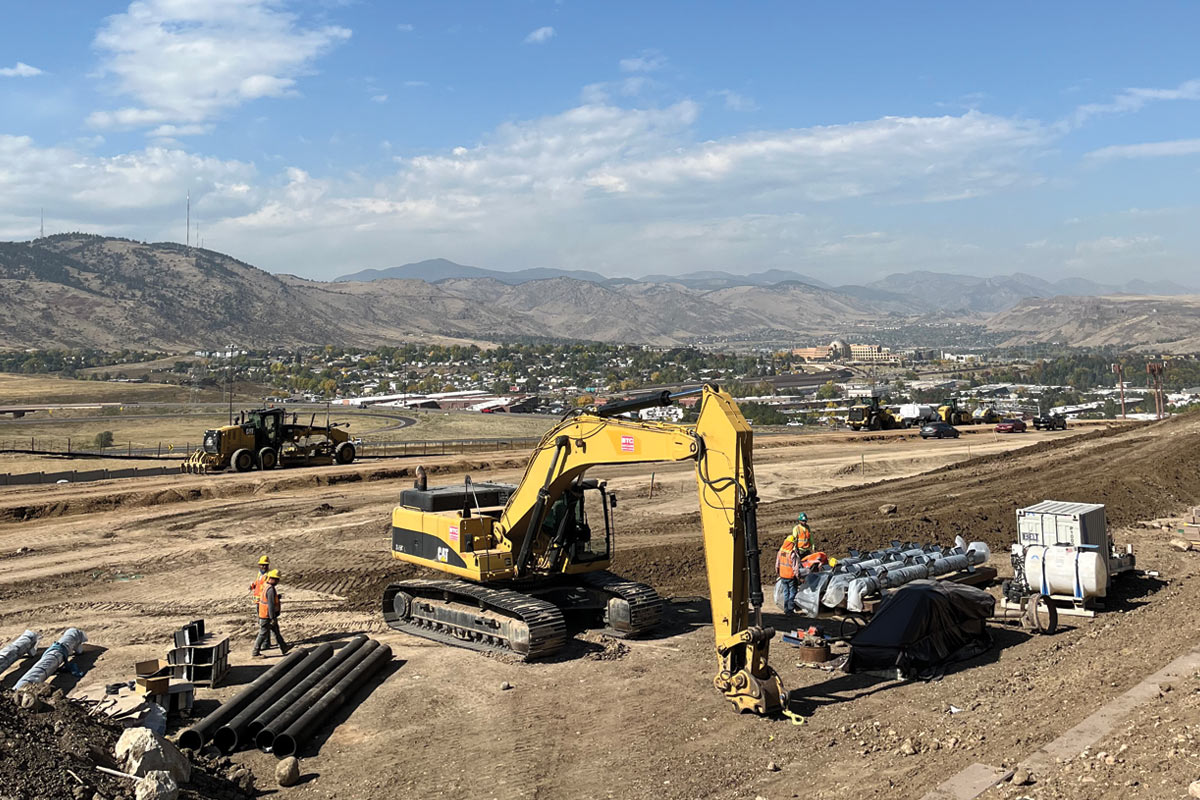
NASSCO Report – Manhole Structural Rehabilitation vs. Remove and Replace
A community in Georgia was interested in either replacing or structurally rehabilitating seven sanitary sewer manholes of which five were located on a sewer easement while the other two were at their operations facility. Due to the high flow and volume of hydrogen sulfide (H2S) gas, the structural integrity of the structures was being addressed via the Special Projects budget of the utility.
Upon inspection of these manholes, the depth of the structures varied from 10 to 25 ft with all of them being 4 ft in diameter. It was determined that the structures were seeing approximately 75 percent deterioration of the walls, chimney and bench areas with severe corrosion to the precast walls due to the incredibly high levels of H2S, as well as groundwater infiltration on the deeper structures.
Previous contractors had inspected these structures and walked away from the opportunity to rehabilitate them. The conservative estimates for removing and replacing these structures was $470,000 and months of construction time was estimated, which would cause major disruption as multiple residential sewer lines flow into these structures.
Based upon Engineered Spray Solutions’ previous experience with structural rehabilitation and the utility’s experience with structural protective lining technology, a meeting was set up to review the condition of the structures, establish a scope of work and compile a budget estimate to structurally rehabilitate the seven manhole structures using the product. This included on site visits between the utility, manufacturer (Sprayroq) and Engineered Spray Solutions LLC.
After diligent collaboration between the group, it was decided that the structural protective lining product could be spray-applied by following application standards to bring the manholes back to a structurally sound and leak free condition.

Manhole Rehab Solution
The project included the utility and contractor working together to bypass several of the structures. A chemical grout injection method was used in all areas of infiltration within the structures to completely seal the manholes from groundwater infiltration.
After a 5,000-psi water pressure cleaning, proper surface preparation of the concrete surface followed with of all areas that were to be structurally lined with the product.
Once the surface was completed inspected, the engineered tapered system was applied in thicknesses ranging from 735 mils in the base sections with a taper up to 250 mils at the top sections. This varied, as each manhole had its own customized design given its unique conditions.
Throughout the project, the crews battled wet weather conditions and active flow conditions on the deeper structures, both of which increased the challenge of the project. Despite these hurdles, the project was completed ahead of schedule and under the projected estimate for the work.
Results
By utilizing the structural protective lining product with a custom thickness design for each structure, a monolithic leak free structural liner was achieved. The community engineering and utilities staff approved the application; the project was completed in three weeks’ worth of construction with a price of $131,000. This quick movement and effective design saved the community $339,000 or 72 percent of the original plan’s estimated cost and at least six months’ worth of disruption to the utility’s system, thus minimizing impact to the residents. With the project completed, the utility has plans to continue locating manhole structures that will be part of a structural lining program to help save the local tax dollars from costly and disruptive remove and replace methods of construction.




